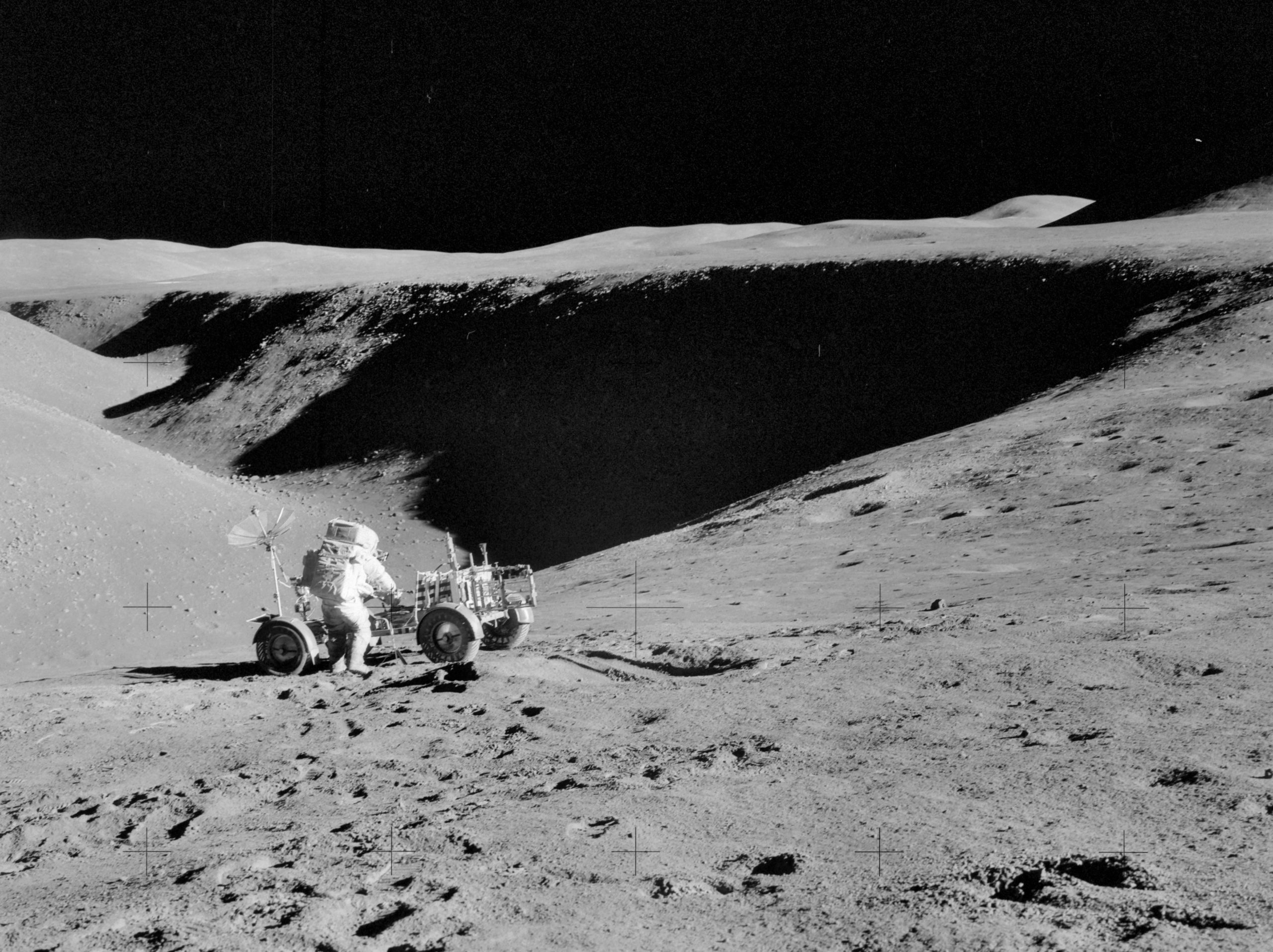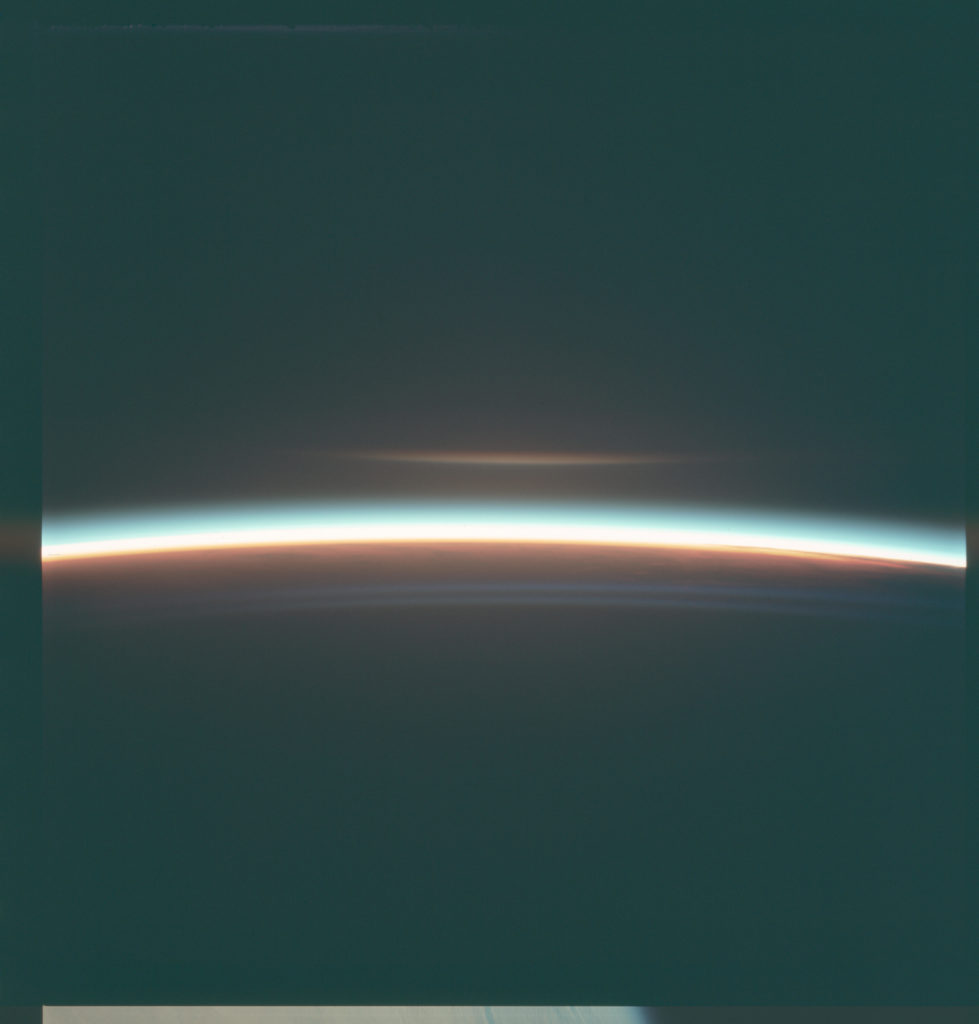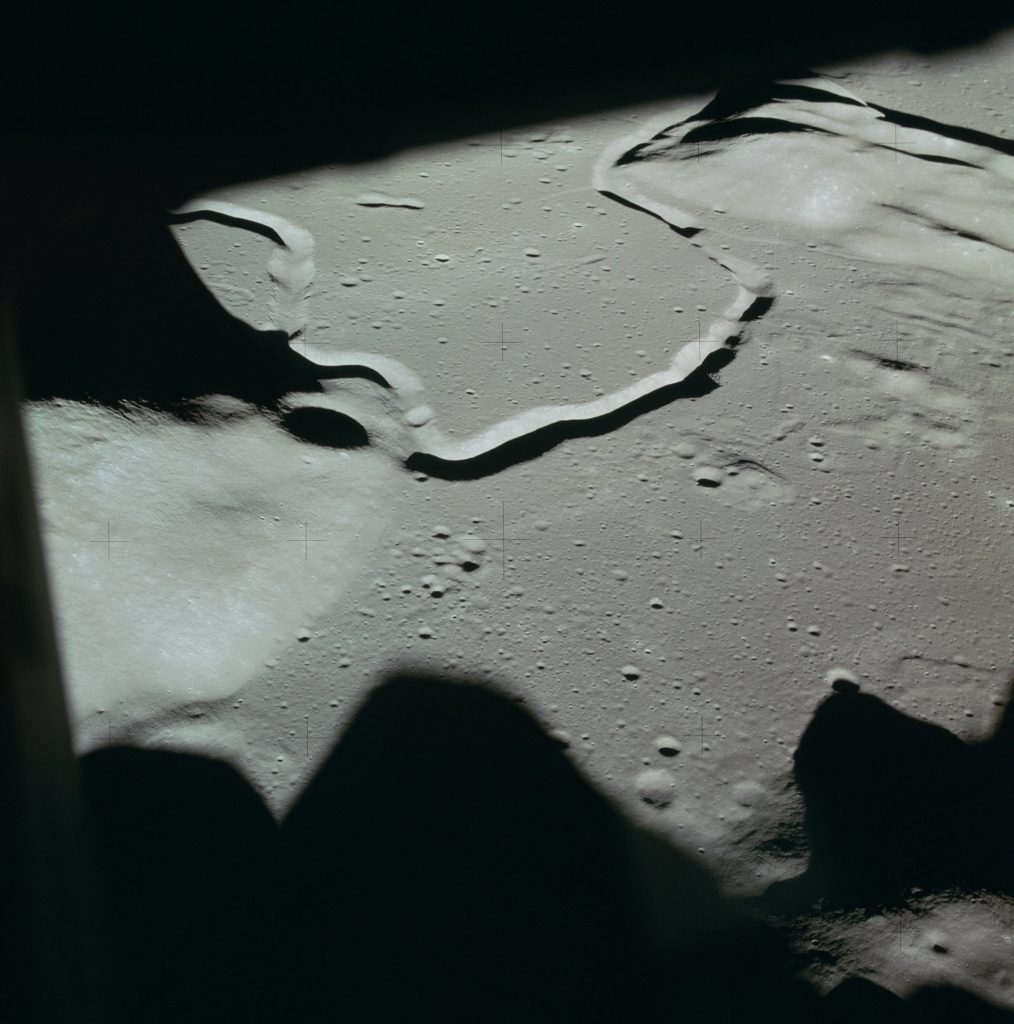“The summer of 1971 I went to camp and my dad went to the moon.”
– Tracy L. Scott. 1974. (Autobiography for 8th Grade English.)
When I was 10 years old, my father (David R. Scott) flew to the moon on Apollo 15, and, to me, it was as “normal” as going to camp. Flying in space was the ordinary business of everyday life. All my friends had fathers who were other astronauts or who worked at NASA. Space exploration was the everyday world of our childhoods. While the outside world focused on the “awe” of space, we saw it as the focus of our dads’ work, as the business of “the office.”
My Story in LIFE Magazine
My father also flew on Apollo 9 in 1969. At the time LIFE magazine was intensely covering the Astronaut families in anticipation of the first lunar landing. (LIFE had an exclusive contract for the “family/personal stories” of the astronauts.) The main journalist, Dora Jane (“Dodie”) Hamblin, spent a lot of time in our homes, talking with our moms and often talking with us kids. I shared a story with her that I wrote for my second grade class about my family taking a trip to the moon. The story is mainly about the science of spaceflight that I had heard from my Dad, which I thought was cool. But the part that most intrigued Dodie was they last sentence, which showed how “ordinary” spaceflight was in my world.
It was nice to be home, and we decided that next Saturday we would go to the zoo.
Tracy L. Scott. 1969. (Second grade essay published in LIFE magazine, March 28, 1969.)
Dodie understood our world well, and she thought my comparison of an outing to the Moon with an outing “to the zoo,” distinctly illustrated an astronaut-child’s point of view. She had my story published in LIFE magazine’s issue about Apollo 9 (March 28, 1969).
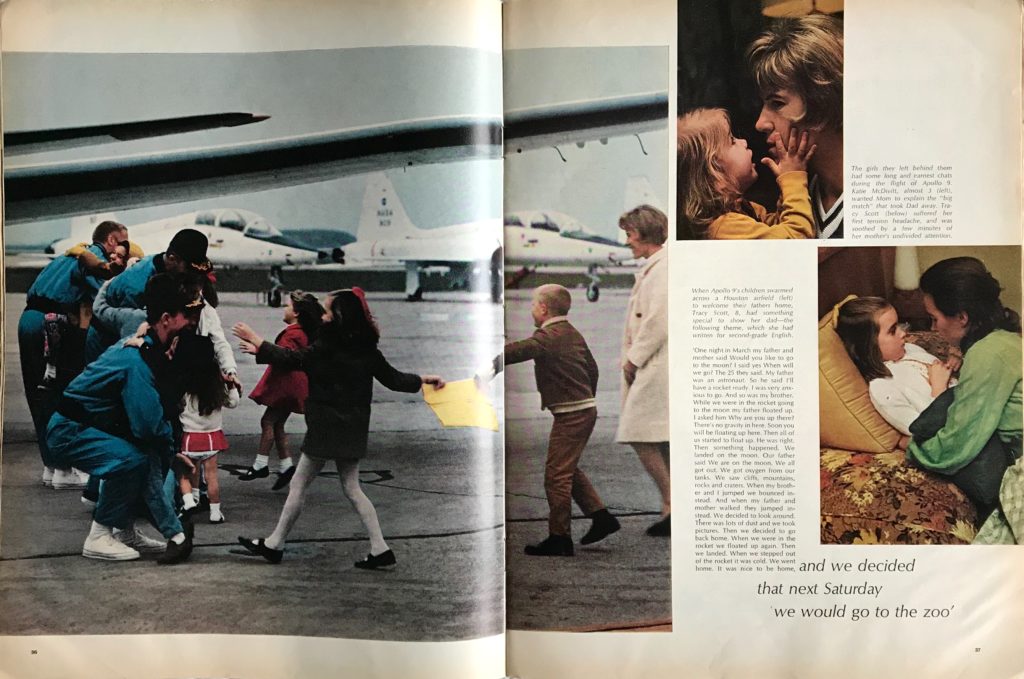
The Office and Awe: memories of science and beauty
Even though I had a nonchalance about astronauts and spaceflight, I was intrigued with the science and the beauty of space. I have two very distinct memories about my father’s work: simulators at the office (the science and tech) and photographs of space (the awe and beauty).
Simulators
When my father was at home in Houston, he worked at the Manned Space Center (MSC; now the Johnson Space Center), which was right by our neighborhood, Nassau Bay. On a few occasions he took us to his office at MSC, and after he was finished with paperwork, we would venture down to the simulator room. There, they would let us climb the stairs and sit in the Apollo spacecraft training simulators. The astronauts used these to prepare for all the contingencies of flying to the moon. The simulators were incredible pieces of technology, themselves. Getting to sit in them and see the inside of the spacecraft was awesome. I got a glimpse into my dad’s other “office” – that complex and tiny place where he would live and work in for days on his Apollo missions. Although I didn’t understand it all, I gained an appreciation for the extraordinary science and technology.
The photos below show the Command Module and Lunar Module simulators in the Mission Simulation and Training Facility (MSTF), located in Building 5 of MSC. I have particularly vivid memories of my first look inside the simulators and being awed by the instrument panels on every surface of the walls, with so many controls and switches and displays. Piloting the spacecraft looked very, very complicated!


Photographs
My other memory is of the photographs that my father and the other crew took on their space missions. Dad brought home large blue binders full of photos from the missions, each photo in a plastic sleeve, sequentially ordered to show the progress of the mission. There were hundreds of photos: many of the earth, showing different countries, different landscapes, rivers, mountains, seas. Many of deep black space, far from the earth, which becomes a small blue dot. Many of the moon, with closeups of craters and mountains and rilles. Many of horizons: earth and moon. All I could think was how extraordinary to see the universe from this perspective. The photos were my window into the grandeur and beauty of space exploration – the “awe” of the universe. I loved looking through those books.
The photos below are some of my favorites, from Apollo 9 and Apollo 15. (The unretouched photos are closest to the originals that I remember seeing.) I have ordered the photos in a sequential progression, as though on the journey from the Earth to the Moon. So, the photos capture images that are further and further from Earth until you get to the surface of the Moon.

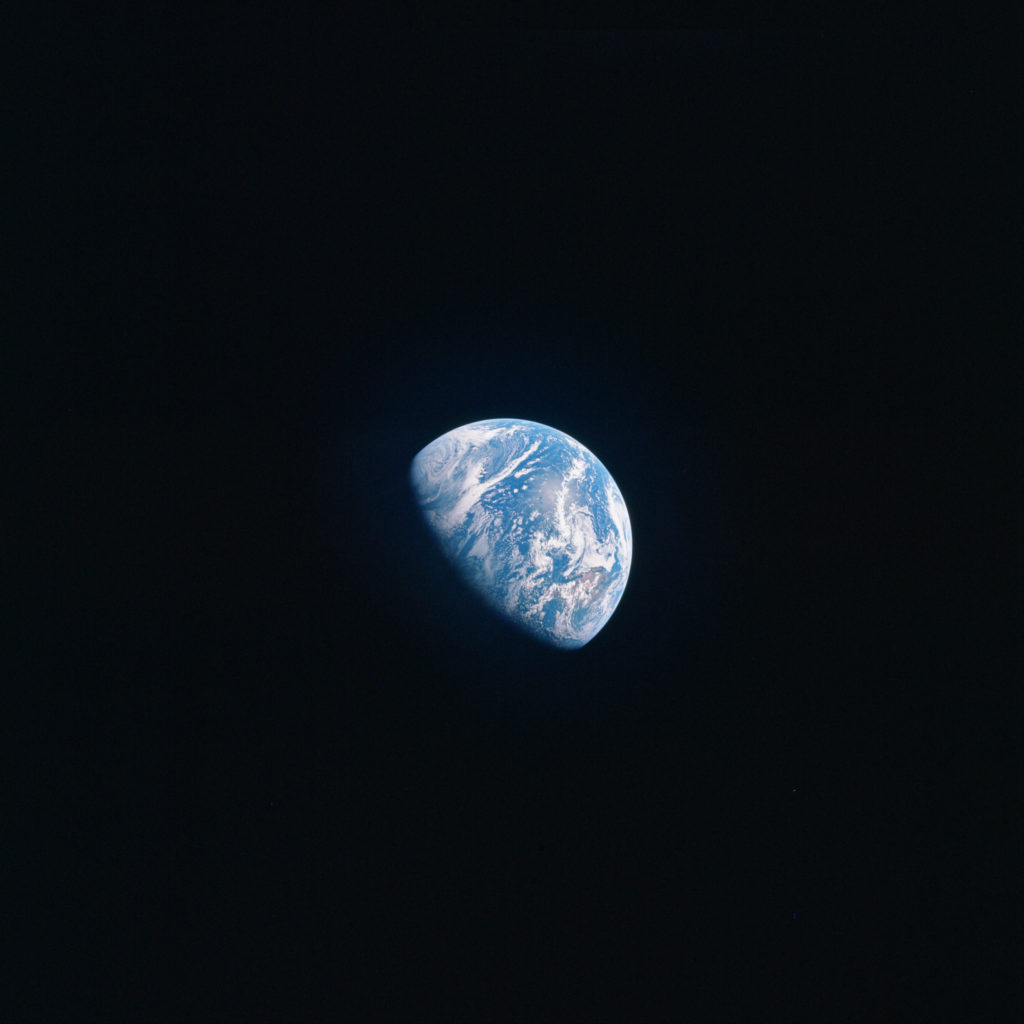
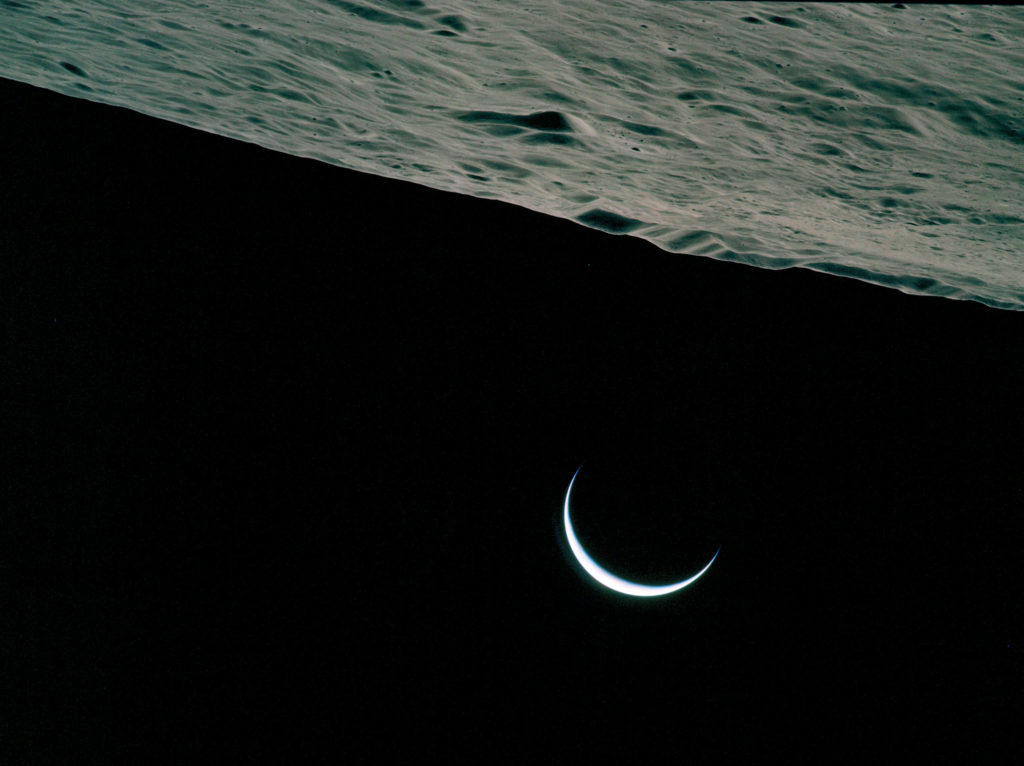
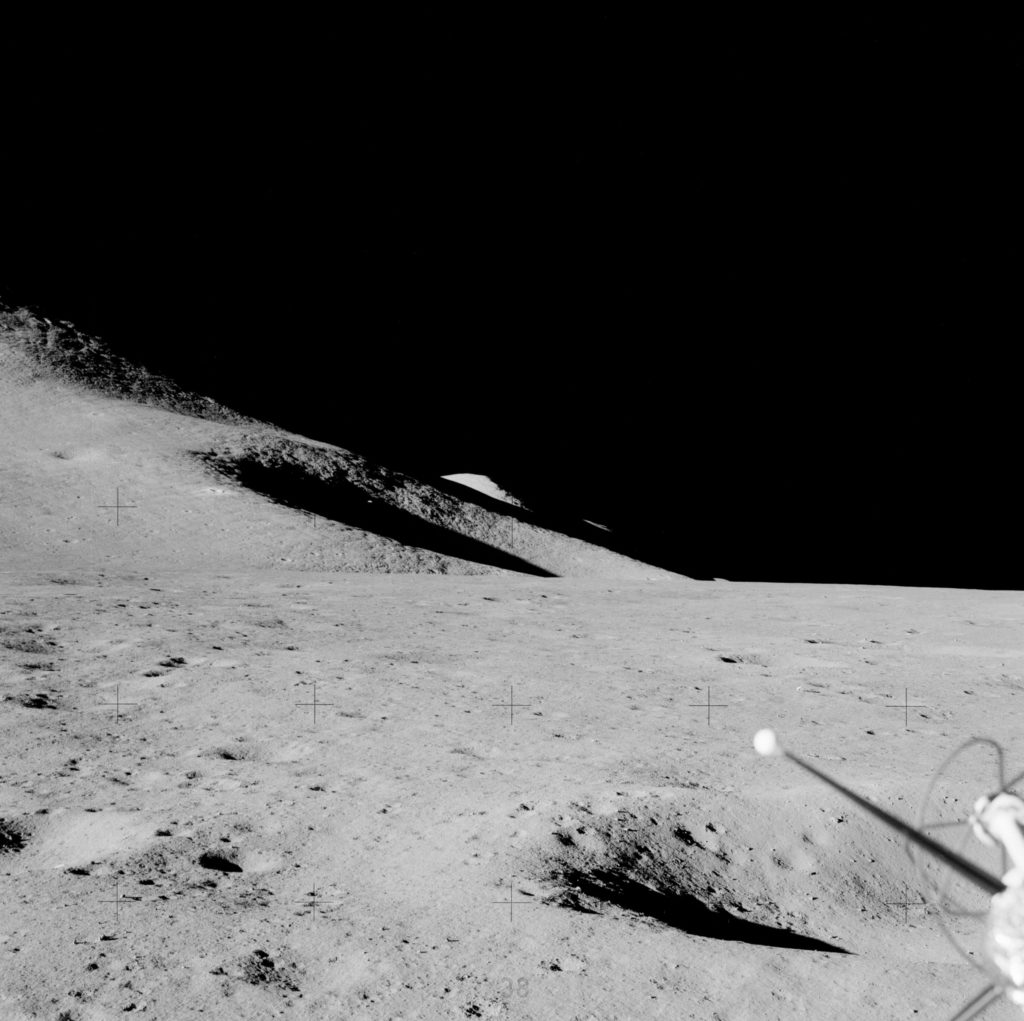
On Evidence
After we left Houston, I left those “space” days behind for many years, as I embarked on other journeys. Over time I’ve come to appreciate my history more. And I’m now coming full circle to explore it through my sociologist’s lens. Here is another part of my story about how the Apollo 15 mission, particularly the Hammer and Feather experiment, taught me the importance of evidence. (The video was made for a past Emory University initiative).
*Many of the NASA photos linked above are from the Project Apollo Archive on Flickr. This is an incredible resource for viewing and accessing original NASA photos. https://www.flickr.com/people/projectapolloarchive/
Feature photo at top: David Scott putting away tools at the Lunar Rover; the Hadley Rille valley is in the background (Apollo 15). For more information see: https://apollo15hub.org/items/show/12
